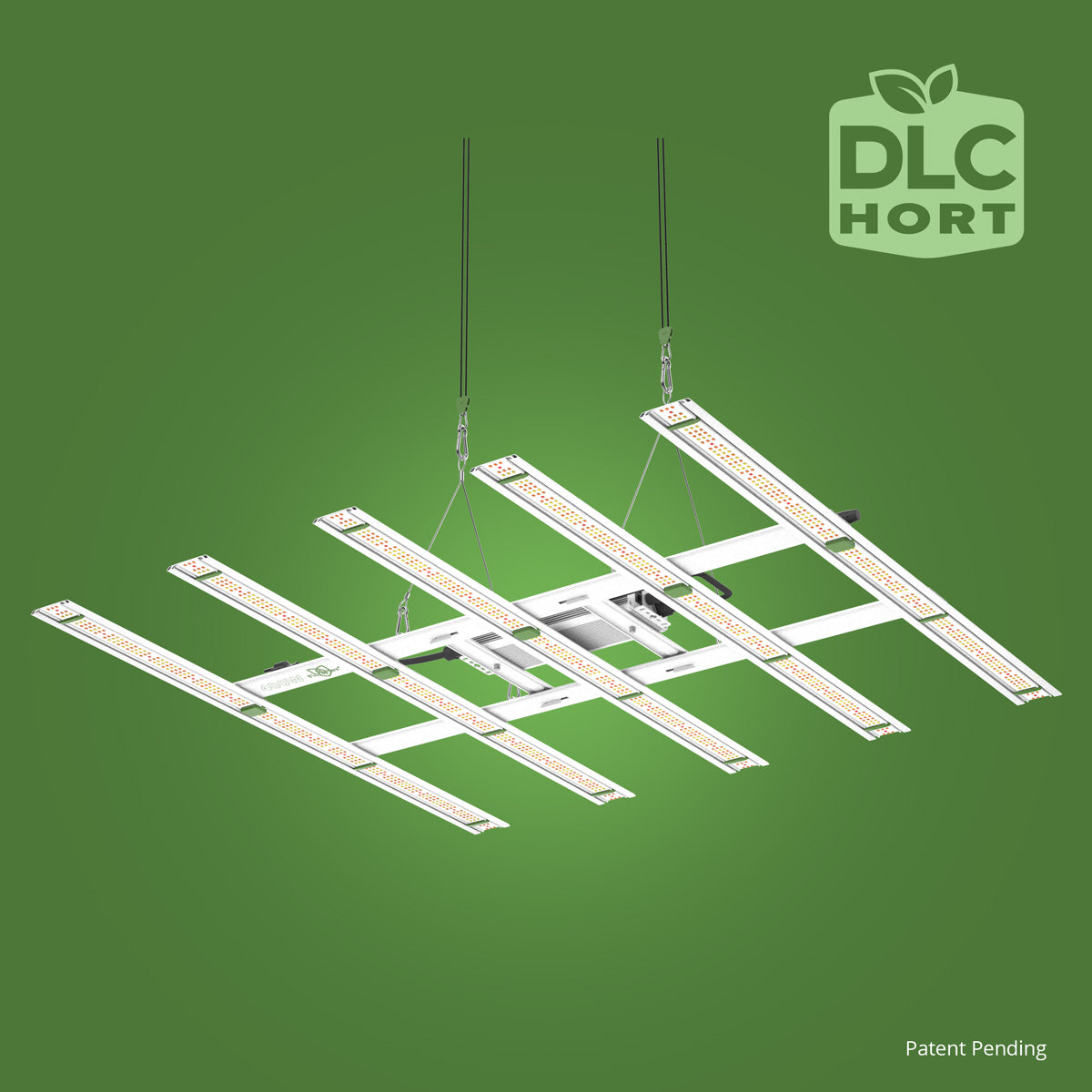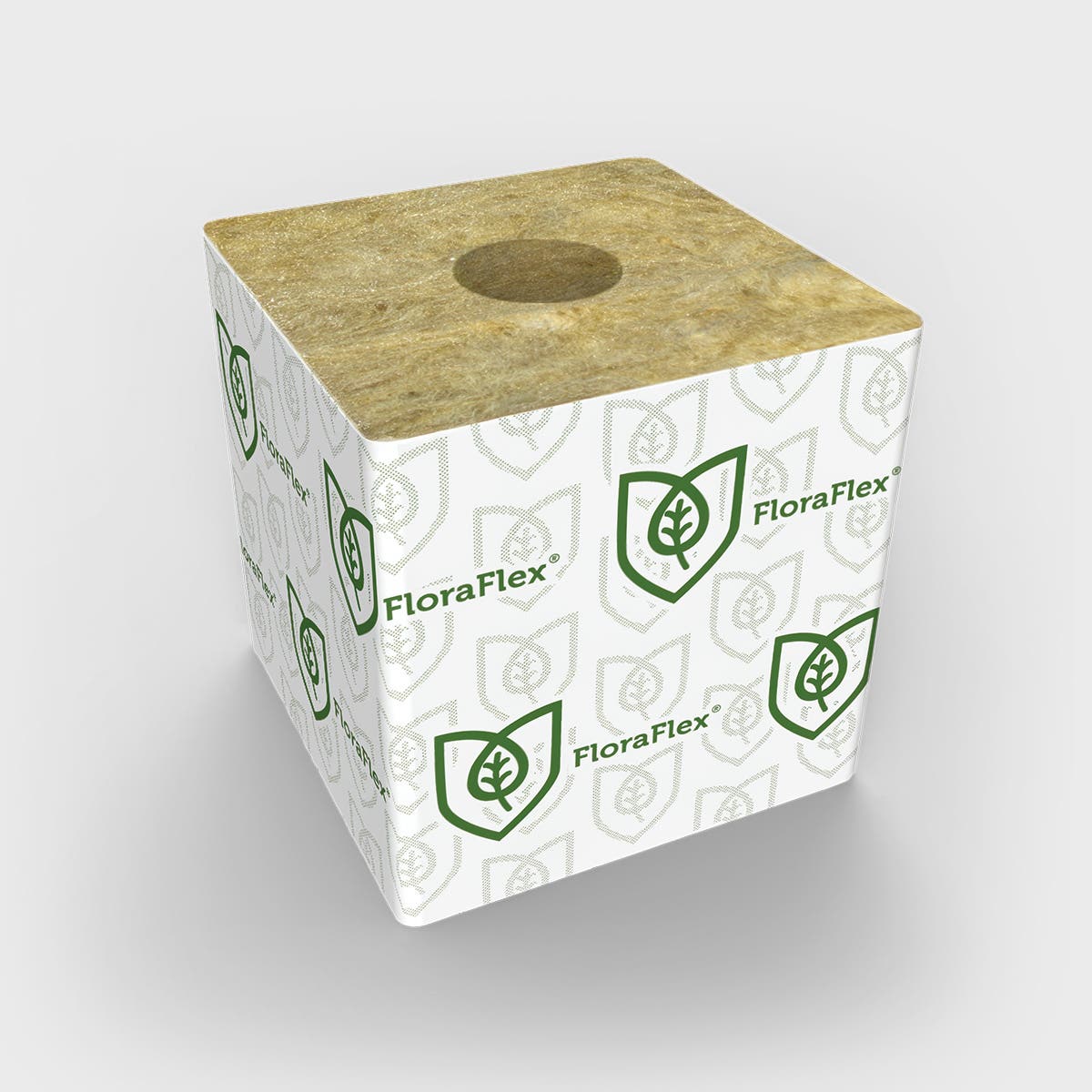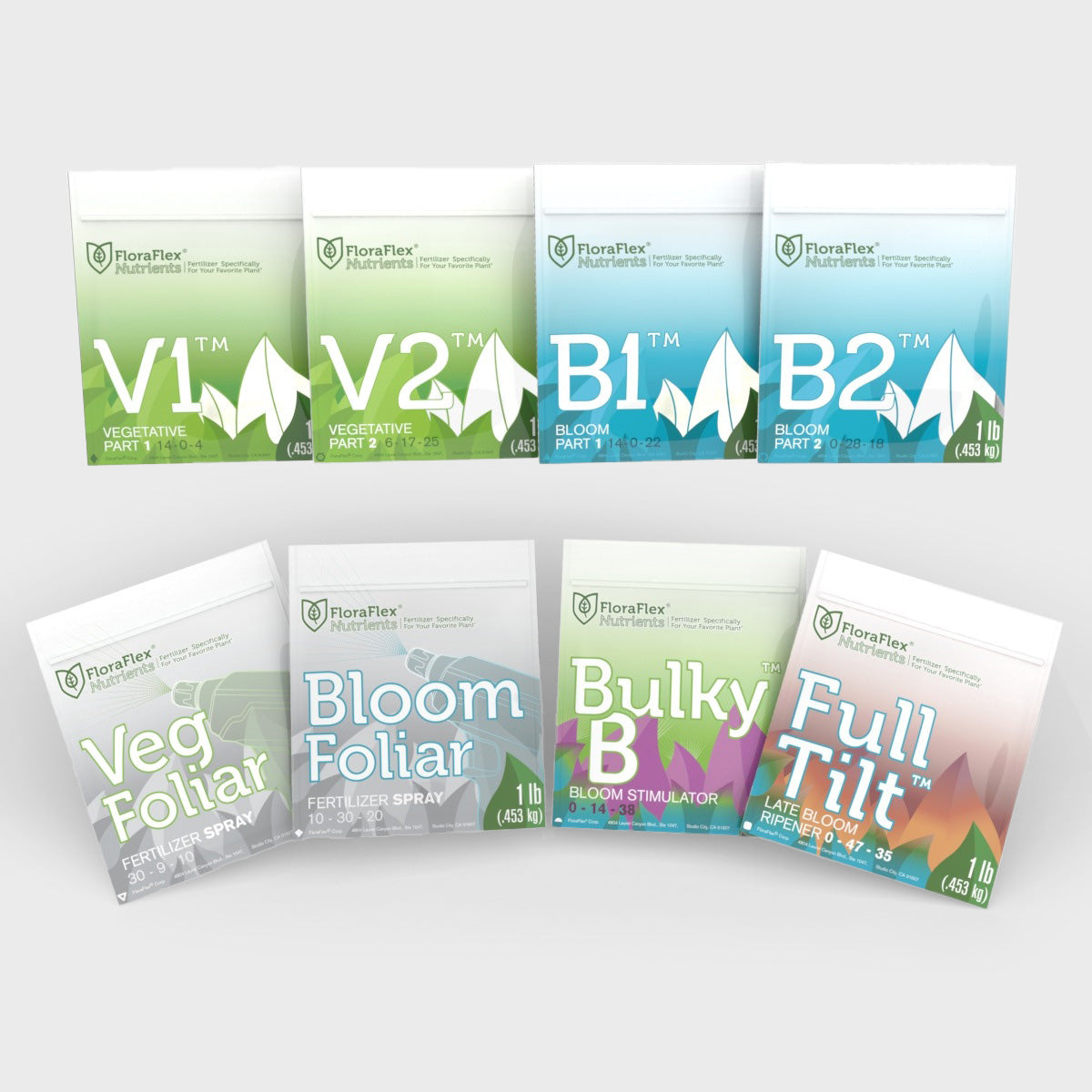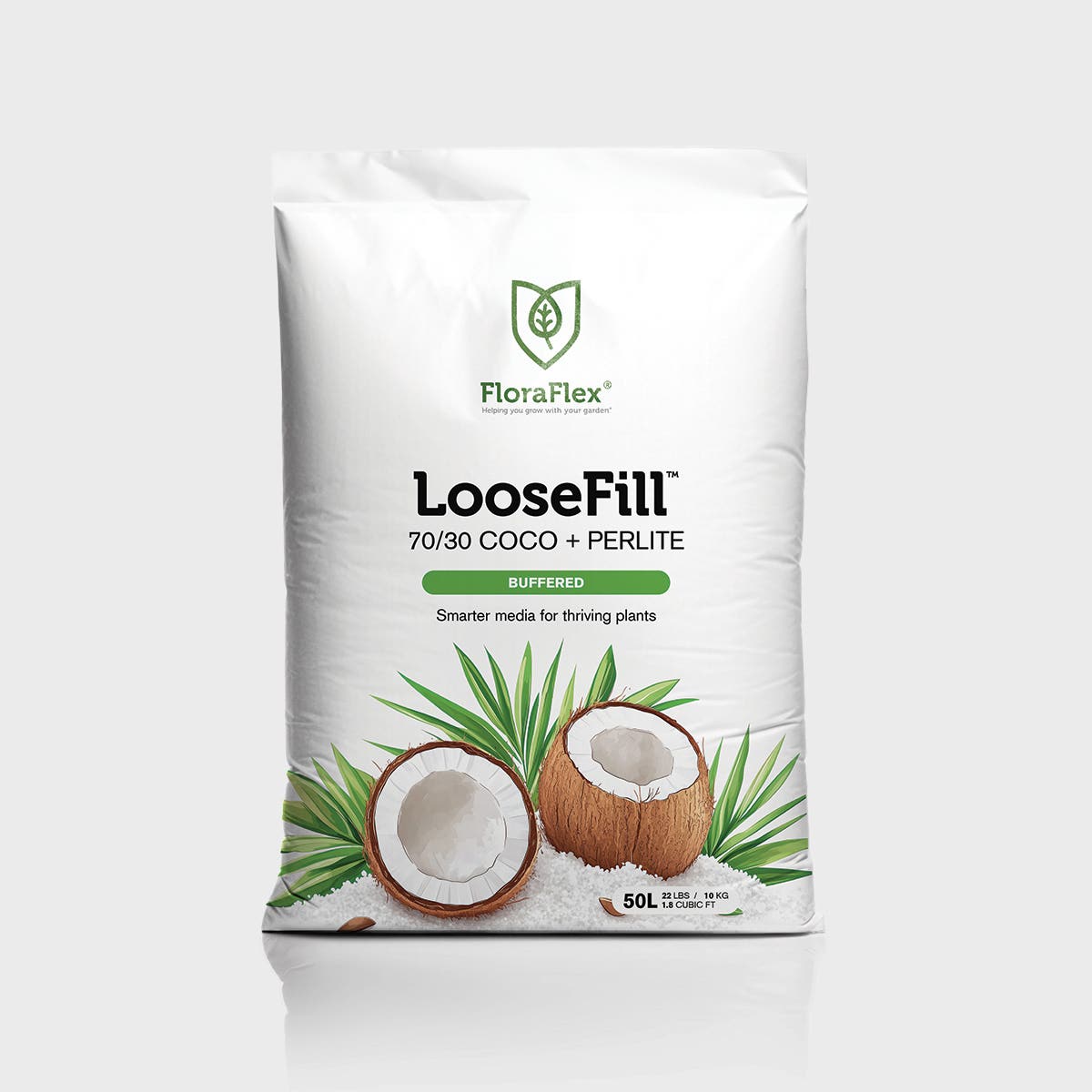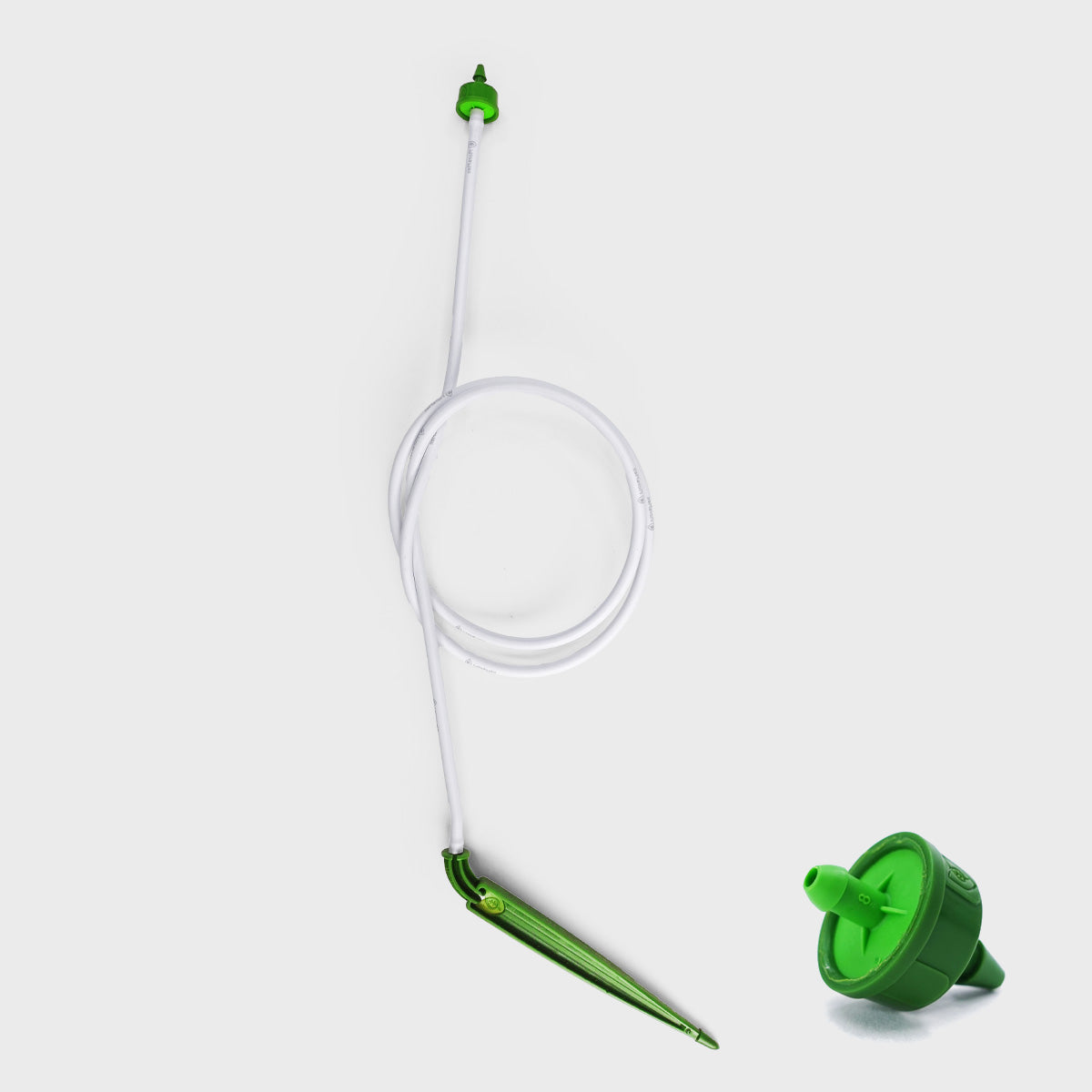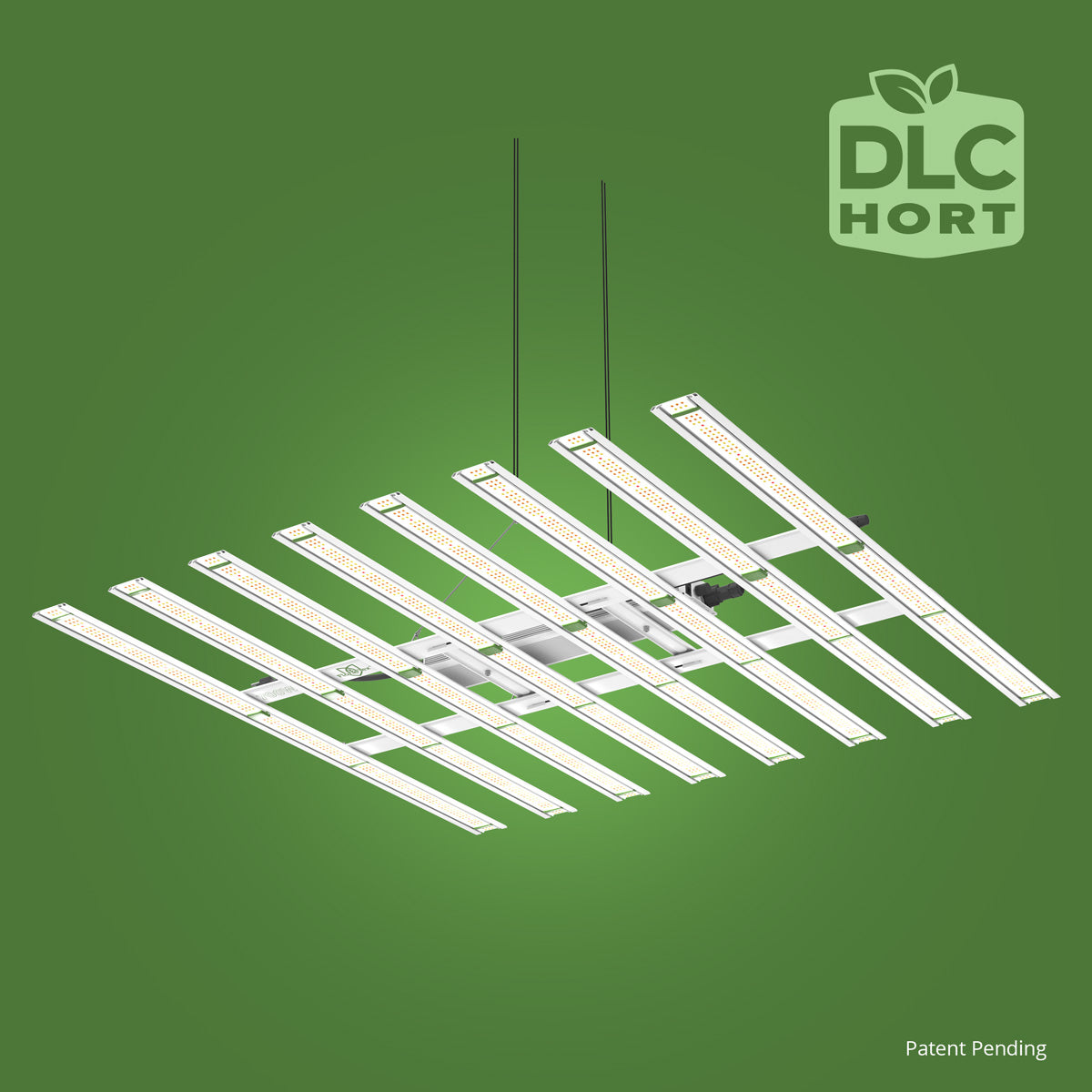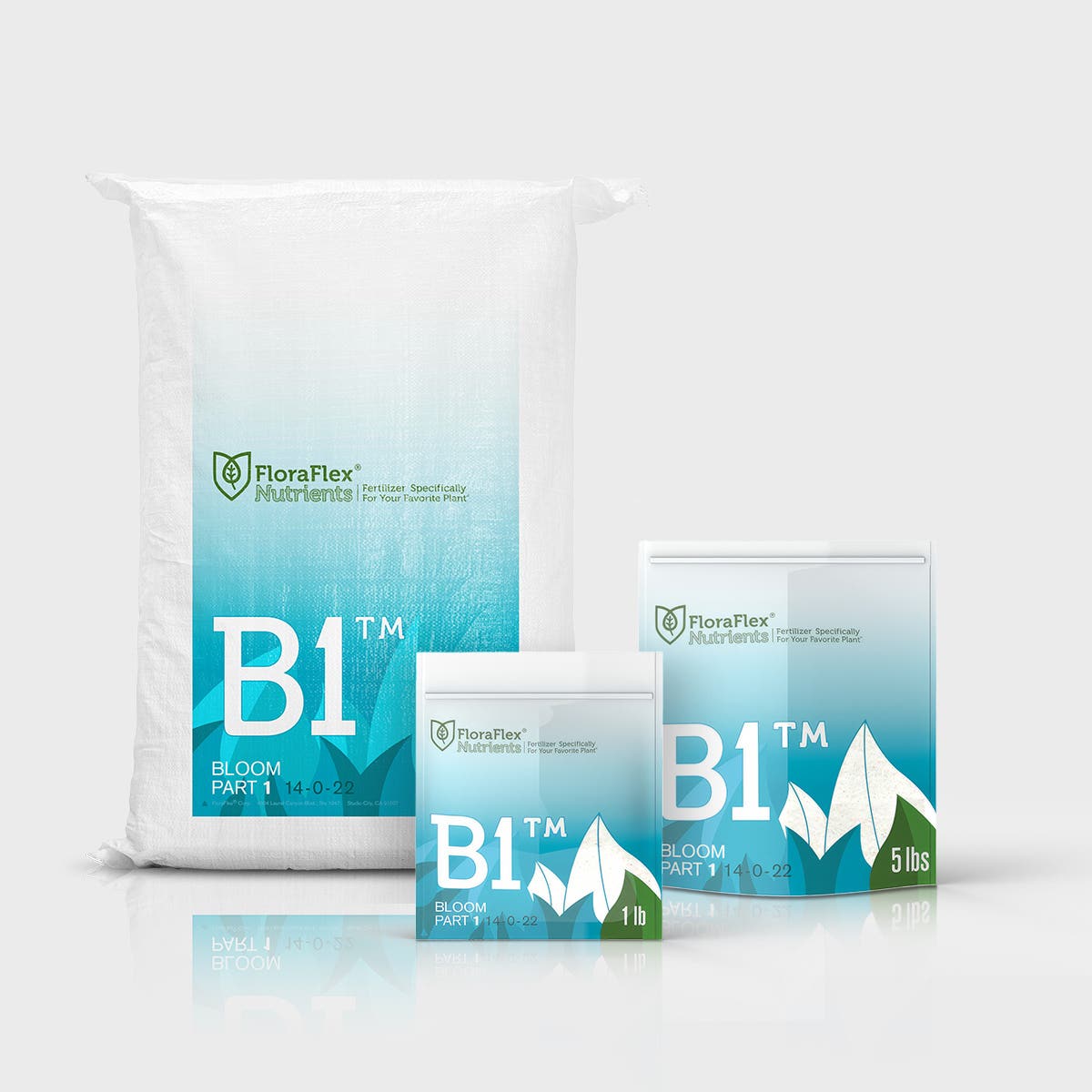Cannabis cultivation is an exciting and rewarding journey, but it can also be a complex venture filled with a myriad of questions. Whether you're a novice grower trying to nurture your first seed, or a seasoned cultivator looking to refine your techniques, there are always new insights to gain in this ever-evolving field. In this blog post, we'll dive into some of the most commonly asked questions about cannabis cultivation, shedding light on essential techniques and tools to help you achieve a thriving garden.
1. What are the basics of cannabis cultivation?
Before diving into more advanced topics, it's important to understand the foundational elements of cannabis cultivation. Cannabis plants require several key factors for successful growth:
- Light: Adequate light is crucial for photosynthesis. Depending on whether you are growing indoors or outdoors, you might rely on the sun or choose artificial lighting solutions like LED or HPS lights.
- Water: Like all plants, cannabis requires water, but the amount and frequency depend on the plant's stage of growth, the environment, and the growing medium.
- Growing Medium: There are various mediums to choose from, including soil, hydroponic systems, or soilless options. Selecting the right medium is pivotal for nutrient delivery and root development.
- Nutrients: Cannabis plants need a balance of nutrients such as nitrogen, phosphorus, and potassium, among others. Be careful not to over-fertilize, as this can harm the plants.
- Airflow and Temperature: Good airflow prevents mold growth, while the right temperature (ideally between 70-85°F) helps them thrive.
2. How does the choice of growing medium impact cannabis cultivation?
Selecting the right growing medium is a critical decision that can significantly affect the health and yield of your cannabis plants. Common choices include soil, coco coir, and hydroponic systems.
- Soil: Traditional soil is the most common option. It’s user-friendly and contains natural nutrients beneficial for cannabis growth. Blend your soil with organic matter for optimal results.
- Coco Coir: Made from coconuts, this soilless medium retains water well and provides excellent oxygenation to roots. It is often used in combination with perlite for better drainage.
- Hydroponic Systems: These systems are highly efficient, as they deliver nutrients straight to the plant roots. However, they require more knowledge and equipment.
For those looking for a soilless option that maintains effective nutrient delivery and root aeration, consider trying FloraFlex 6" Wool (Basalt Derived). It's an innovative solution for hydroponic systems, acting as both a growing medium and a nutrient delivery system.
3. How can I manage pests and diseases in my cannabis garden?
Pest and disease management is a common challenge for cannabis cultivators. Here are a few strategies:
- Prevention: Start with clean equipment and healthy seeds or clones. Keep your cultivation area clean and monitor plants regularly for the early signs of issue.
- Natural Predators: Introducing beneficial insects like ladybugs or predatory mites can naturally control pests.
- Organic Sprays: Neem oil or insecticidal soaps are commonly used to manage pests without harsh chemicals.
- Proper Ventilation: Good airflow reduces humidity, making it less likely for mold and mildew to develop.
4. What is the ideal pH level for growing cannabis?
Maintaining the right pH balance is critical for nutrient absorption. Cannabis generally prefers a slightly acidic pH when grown in soil (6.0-7.0) and a more acidic pH for hydroponics (5.5-6.5). Regular testing and adjustment with pH up or down solutions will help maintain these levels and support optimal plant health.
5. How do I maximize yield?
Optimizing yield involves careful management of several factors:
- Training Techniques: Methods such as topping, Low-Stress Training (LST), and ScrOG (Screen of Green) encourage more manageable plant growth and maximize bud sites.
- Nutrient Timing: Adjust nutrient concentrations depending on your plant's life stage, ensuring they receive what they need when they need it.
- Lighting Schedules: Implementing a consistent light schedule—generally 18 hours on and 6 hours off for vegging and 12/12 for flowering—optimizes plant energy consumption and growth stages.
- Environmental Control: Using humidifiers or dehumidifiers can maintain optimal humidity levels and temperatures conducive to plant growth.
6. How can I maintain sustainability in cannabis cultivation?
Sustainable practices not only benefit the environment but can also improve the quality of your crop. Here are a few sustainable methods:
- Water Conservation: Implementing water recycling systems and utilizing moisture sensors helps reduce water waste.
- Organic Nutrients: Using compost and organic fertilizers can reduce the environmental impact of chemical runoff and boost soil health.
- Energy Efficiency: Opting for energy-efficient LEDs and using renewable energy sources when possible can decrease electricity usage.
Conclusion
Cannabis cultivation, while complex, can be immensely gratifying. By understanding the basics, selecting appropriate growing mediums, managing pests effectively, and adopting sustainable practices, you can cultivate a successful cannabis garden. Leveraging innovative products like the FloraFlex 6" Wool (Basalt Derived) can further streamline your growing process.
For more information on cannabis cultivation techniques and tools, visit our store where we offer a range of products that cater to both novice and expert growers.
Happy growing!


